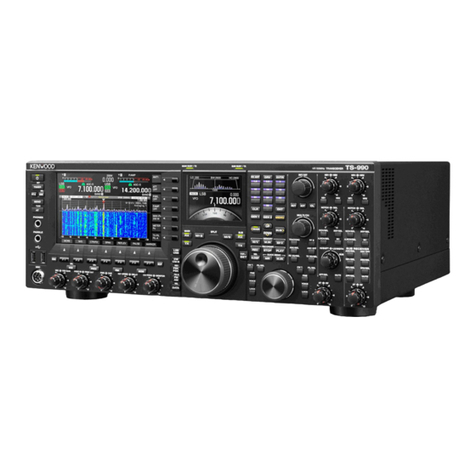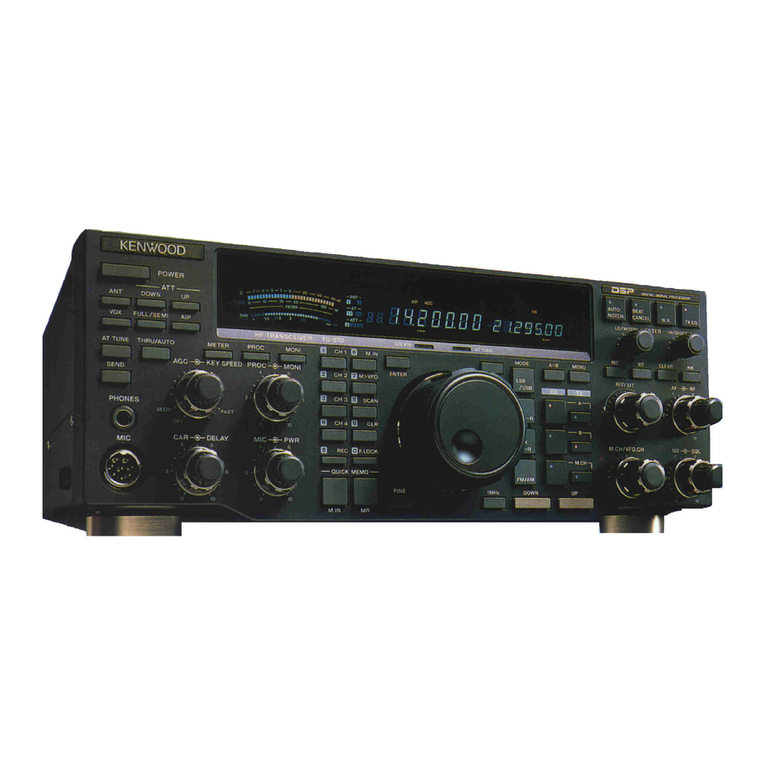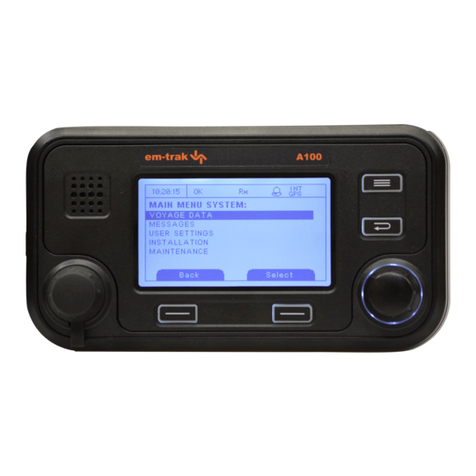Kenwood TM-241A User manual
Other Kenwood Transceiver manuals
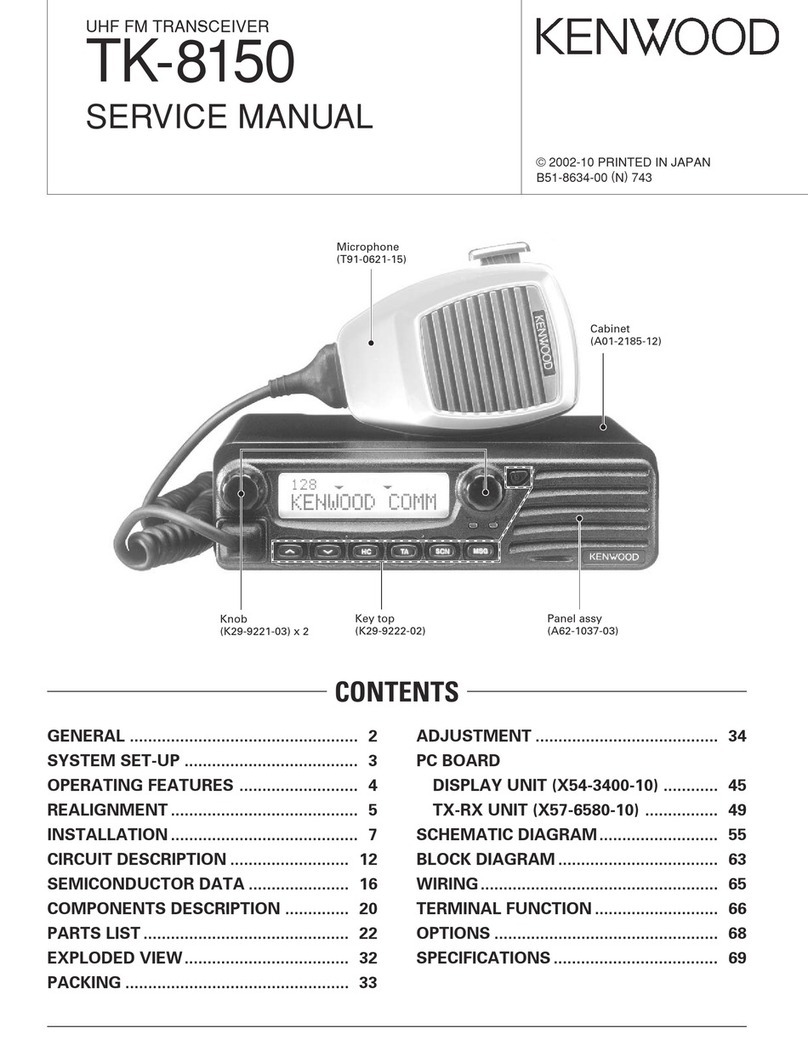
Kenwood
Kenwood TK-8150 User manual

Kenwood
Kenwood PKT-03 User manual
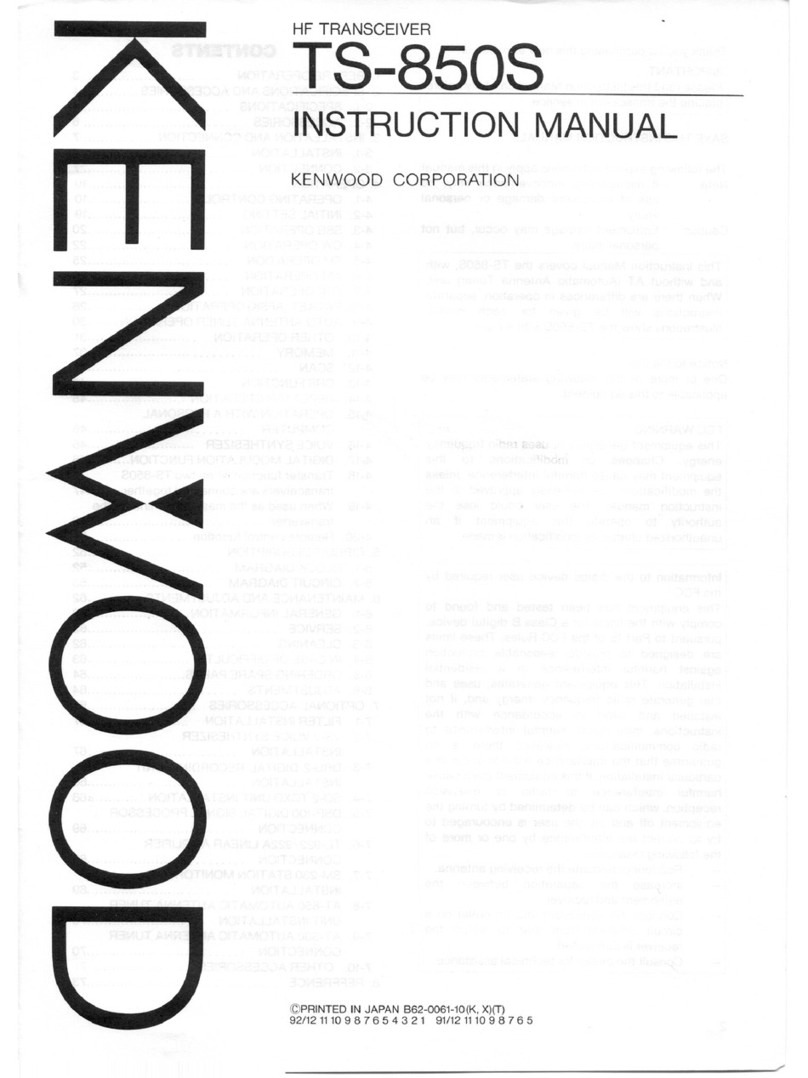
Kenwood
Kenwood TS-850S User manual

Kenwood
Kenwood TK-8108H User manual

Kenwood
Kenwood TS-520SE User manual

Kenwood
Kenwood TS-700G User manual

Kenwood
Kenwood TH-78A User manual

Kenwood
Kenwood TK-8102H User manual
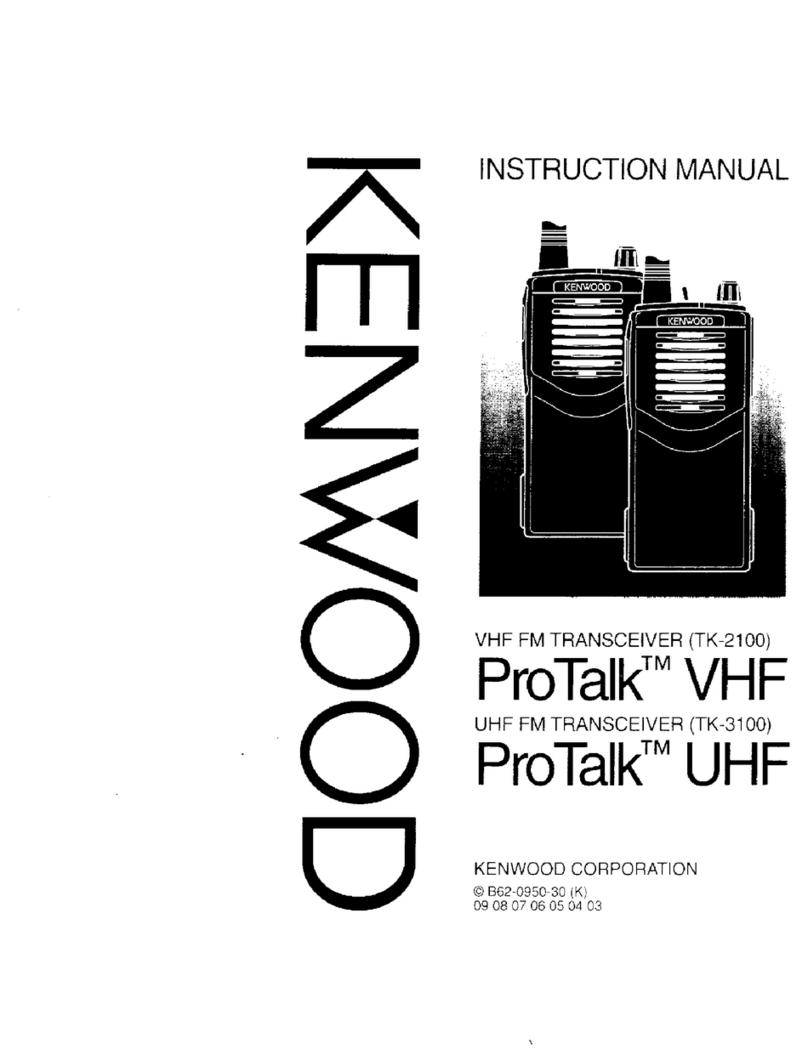
Kenwood
Kenwood Pro Talk VHF User manual
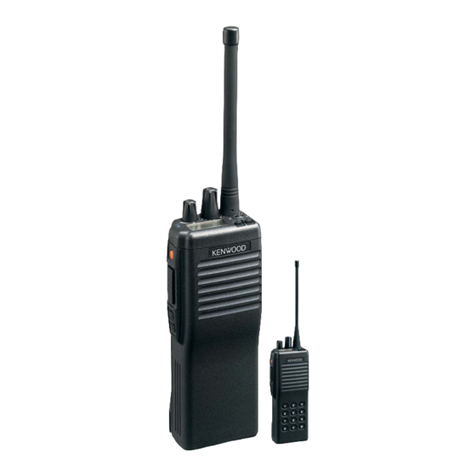
Kenwood
Kenwood TK-390 User manual
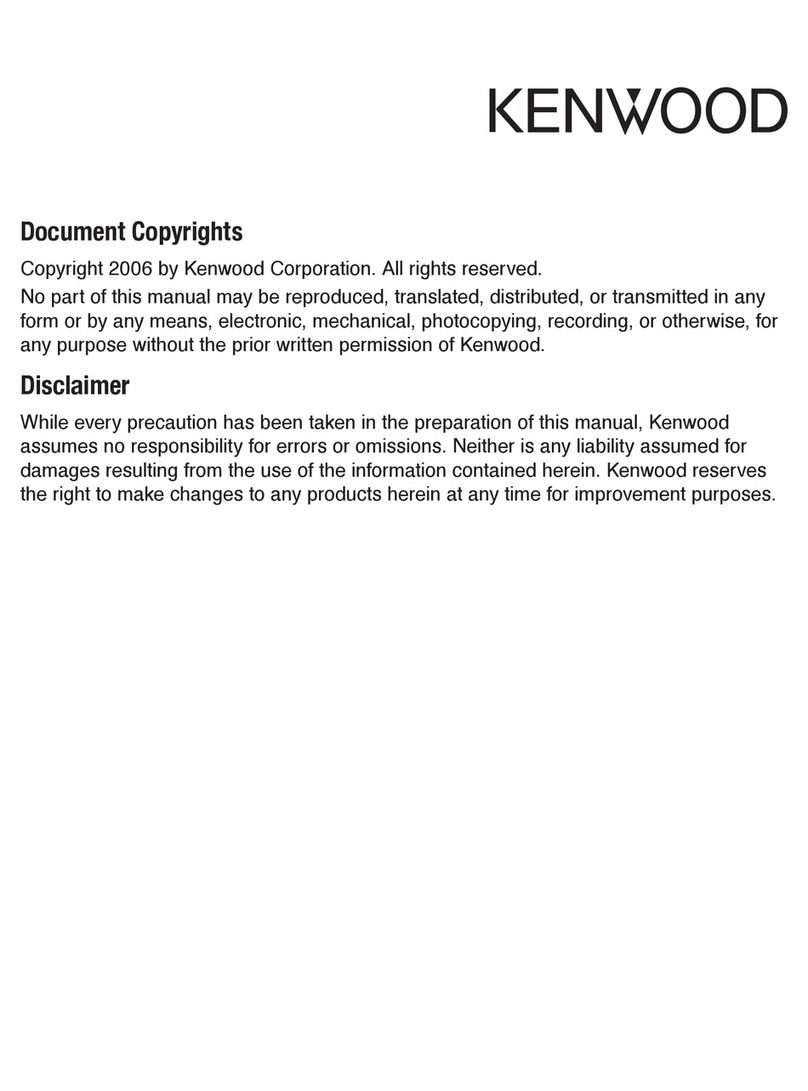
Kenwood
Kenwood TK-3202 User manual

Kenwood
Kenwood TR-2400 User manual
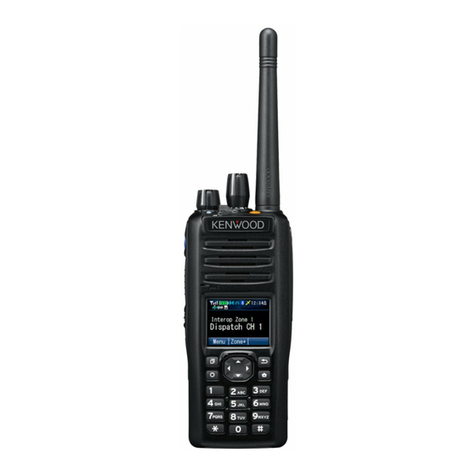
Kenwood
Kenwood NX-5200E User manual

Kenwood
Kenwood TK-7160 User manual

Kenwood
Kenwood TK-2106Z User manual
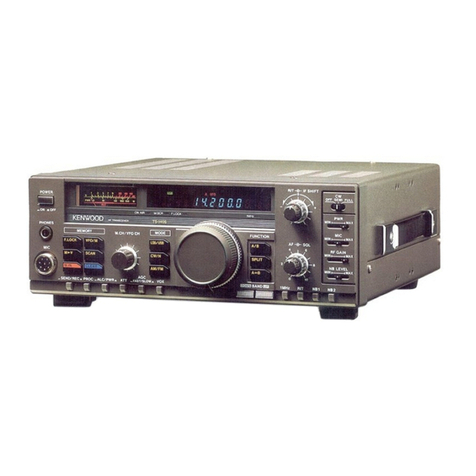
Kenwood
Kenwood TS-680S User manual

Kenwood
Kenwood TH-27 Series User manual

Kenwood
Kenwood TK-390 User manual

Kenwood
Kenwood TK-690H User manual

Kenwood
Kenwood TS-830 User manual


